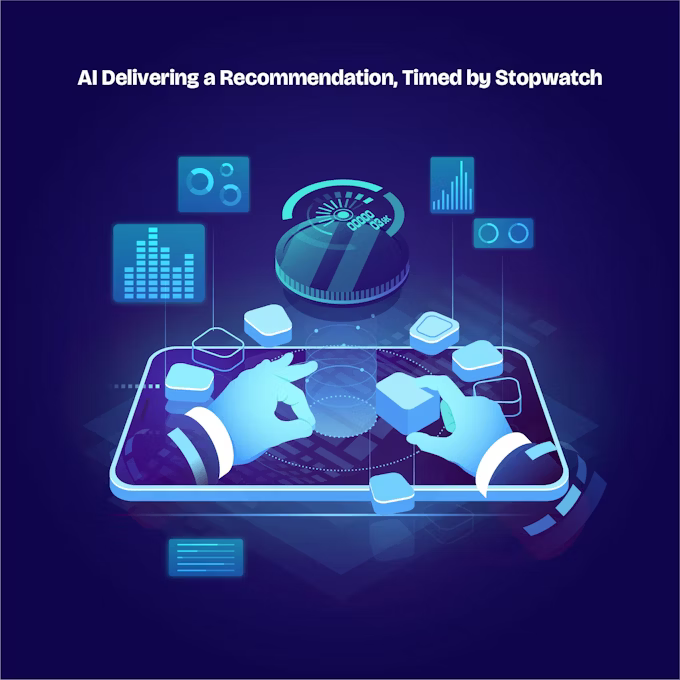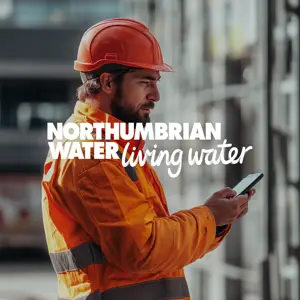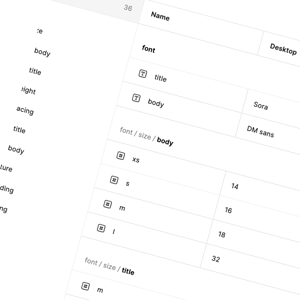
Consumers appreciate this, because it streamlines the user experience. Service providers and retailers appreciate it too, because it increases brand loyalty and raises the likelihood of a customer making a purchase.
So, mid-market and enterprise organisations that cannot offer this personalisation risk falling behind. Their conversion rates fall, churn rates increase, and brand perception slumps.
With AI, all businesses can embrace personalisation. Smart solutions make real-time data analysis simple, even when data volumes sprawl out of control. This makes hyper-personalisation possible, gaining a clear picture of user identity and intent and making recommendations based on this.
In this article, we outline our practical blueprint for how you can implement personalisation, drawing on previous projects we've delivered for clients.
Step 1: Align personalisation with real business outcomes
What do you want to achieve with this project? Obviously, you want to achieve personalisation, but why?
Decide on your key objectives. Maybe you want to boost your average order value, increase customer lifecycle value, or drive another metric. Identify the goal you want to attain, and then establish the benchmarks and parameters you will use to assess this. This well-defined goal keeps your project on track.
Step 2: Examine data readiness
Effective personalisation requires great data. And this data can be divided into three interacting pillars:
- Behavioural data – What is the user searching for, and how long are they spending on specific pages?
- Transactional data – What actions need to take place, such as orders or payments?
- User profile data – What is the demographic information for the user, and what data usage have they consented to?
As mentioned, these pillars are interacting. Each one feeds into the next, and so data sets need to be complete. Discovery sprints can help you gather data for each field, but you'll also need to map out the data lineage to clean and de-duplicate the data. Without complete pillars, hyper-personalisation is not possible.
Step 3: Build your model structure
Hyper-personalisation solutions depend on sophisticated models, blending together different model types to achieve the desired result. This means you'll need to use different types of AI at different levels of the structure.
- Behavioural embeddings – Large language and vision models that interpret user actions in a way the system can understand
- Propensity models – Gradient-boosting and deep learning solutions that determine the likelihood of the next user action
- Recommender models – Matrix factorisation and neural collaborative filtering, which provide the personalised recommendations to the user
- Interface level – Generative AI and text generation to deliver personalised messaging to the user in real time
The precise nature of the structure depends on your own needs, but most personalisation requires a combination of these four layers.
Step 4: Accelerate decision making

Customers love personalisation, but they don't love waiting around half an hour for the computer to crunch the numbers. Instead, they need responses in milliseconds, mimicking the speed of human conversation but enhanced with data-backed recommendations.
This means you'll need a decision engine, one incorporating the following:
- Streaming data pipeline – Something like Azure Event Hubs, which feeds user input data to the model
- Feature store – A collection of pre-developed features to be served to the user on demand
- Decision API – The interface that delivers what the user needs
- Content renderer – The tool that makes the personalised content appear in the solution’s user interface
Step 5: Embed personalisation into core assets
We're roughly midway through the process, and it's time to take stock. Are the personalised features actively enhancing the user experience, or are they just flashy flourishes that get in the way?
Embed personalisation into your products and services, and then road test these assets. Are testers able to get to where they need to be faster and more easily? Are product recommendations and smart inferences accurate, or even welcome? Focus on enhancing the customer journey at every step.
Step 6: Test and improve
Remember those objectives and metrics you outlined in step 1? You'll need to be applying these to the hyper-personalisation project as it develops. Monitor each level of the solution structure and each step of its application. Measure model-level metrics according to your core objectives and broader business KPIs.
As you're dealing with personal experience and UX/UI, qualitative feedback through surveys is also extremely valuable here.
Step 7: Apply governance and guardrails
As hyper-personalisation depends on personal data, the legal and ethical aspects can be tricky. By establishing an ethics committee, you can review new features and datasets to make sure personalisation isn't overstepping any boundaries.
Real-time monitoring also identifies bias drift, ensuring that solutions are not making potentially offensive inferences regarding socio-economic status, health, or disability status.
Step 8: Consider evolving customer expectations and technological capabilities
Hyper-personalisation won't stand still. It's going to change, along with customer expectations and the capabilities of existing technology. For example, customers may begin to expect personalisation based on specific moods and tones of voice, which will need to be accommodated. Developments in edge computing may give businesses a chance to accelerate their responses, but they'll need to improve their system architecture to make this happen.
An ongoing process of audience and technological assessment is required, keeping personalised services fit for purpose in an evolving landscape.
Working with external partners
The road to hyper-personalisation can be difficult to navigate, but working with an external partner like Shout, can help. Here's how we can lend a valuable helping hand:
- Providing cross-functional teams that combine data engineering, ML ops, product strategy, and UX
- Developing and deploying reusable integration models that accelerate the process
- Auditing performance according to key metrics
- Working with in-house teams to help you get the best from personalisation
- Recommending the next steps for development
Final thoughts
Hyper-personalisation won't stand still. It's going to change, along with customer expectations and the capabilities of existing technology. For example, customers may begin to expect personalisation based on specific moods and tones of voice, which will need to be accommodated. Developments in edge computing may give businesses a chance to accelerate their responses, but they'll need to improve their system architecture to make this happen.
An ongoing process of audience and technological assessment is required, keeping personalised services fit for purpose in an evolving landscape.























